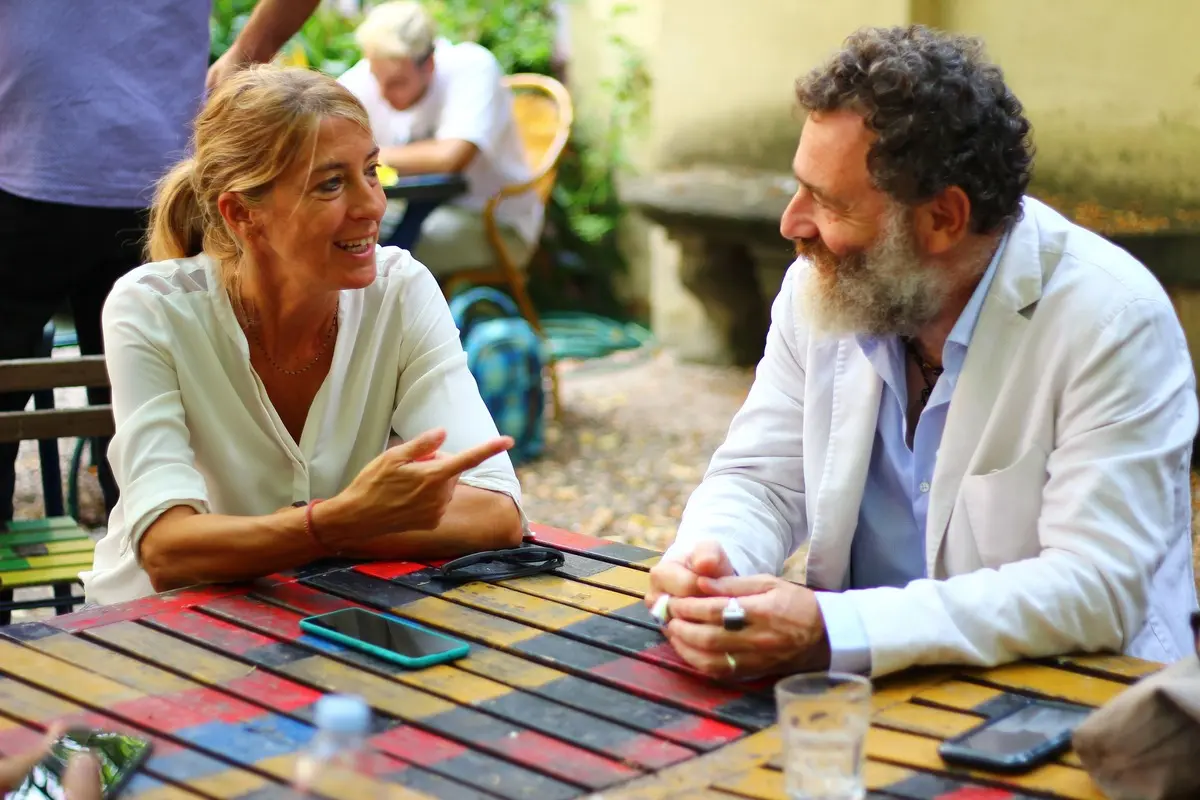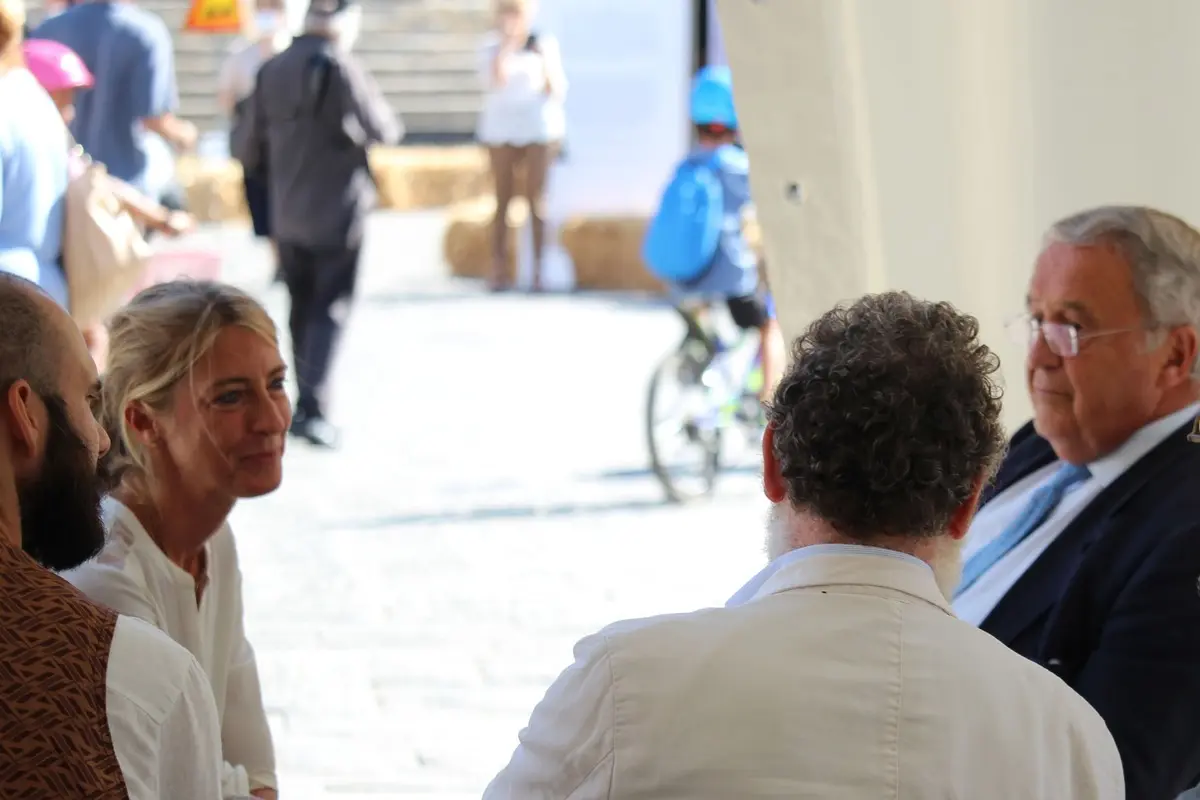JRP Active Ageing
The Joint Research Platform

The unitary project of the Joint Research Platform, set up by the Fondazione Politecnico di Milano and the Department of Design, in collaboration with EQUA Cooperativa Sociale and Prof. Marco Trabucchi's Geriatric Research Group, allows the energies of national research and businesses to converge to meet the needs of the "new elderly" and address the challenges of a maturing society.

Over the years, the phenomenon of aging has been a reason for research aimed at introducing new personal services with a view to a possible change in demand in the future. From these premises comes an awareness of the importance of bringing technological innovation into the so-called Active Ageing, marked by the totality of behaviors, practices and lifestyles useful in mitigating the occurrence of problems related to aging.
Within the scope of research to treat aging-related diseases, those on Alzheimer's occupy a key space. In fact, September is the world month dedicated to the treatment and prevention of this syndrome, a titling that became necessary when September 21, World Alzheimer's Day, was no longer sufficient to contain the necessary dissemination, education, and information activities that the current dimension of the syndrome requires, a syndrome that is growing both internally within different societies and on a planetary scale.

The numbers are generically dramatic and mark almost exponential increases in the coming decades. The growth of cases is given by the inexorable progress of the syndrome as the elderly population continues to increase. In fact, while the progressive aging of the population is the result of a better quality of life, better medical care, and a generally more widespread condition of well-being, it is the aging process itself that is the basis for the development of the syndrome.
But in addition to the number of people with Alzheimer's disease, it must be taken into account that the disease also impacts the family members and caregivers around them. This means that for every person with Alzheimer's disease, a family unit of at least 3-5 people belonging to 2-3 different generations is affected by the disease. If we consider this dynamic applied to the approximately 1.5 million people in our country who suffer from Alzheimer's dementia, the impact on society becomes apparent.
To contrast this state of affairs we currently have three tools at our disposal.
- The pharmacological approach. Very complex to manage, which can give good results in a preliminary stage, but has proven ineffective in terms of "cure," rather invasive and not sufficient in the most compromised stages.
- The non-pharmacological approach. Having overcome an initial distrust in the last 15-20 years, thanks to its particular sensitivity, adaptability and listening to personal experience, it has become the main resource, especially in stages of increasing compromise. It comes in different approaches, models and forms, often with well-defined protocols. It is the therapeutic field whose effectiveness can be helped by appropriate planning action, in dialogue with therapists.
- Prevention. Because of the complexity and unpredictability of the evolution of the syndrome in each individual, there is no single recipe that definitively averts the danger. It has long become evident, however, that certain good practices, lifestyles, and behaviors can be significantly beneficial in mitigating and slowing the occurrence of symptoms.
Therefore, technological research plays a key role in this context in order to provide tools and develop strategies that can improve the quality of life of the over-65 population.
In this sense, the JRP Active Ageing will allow the actors involved in the initiative to develop innovative strategies, focusing on and, in some cases, anticipating, solutions aimed at responding more effectively to emerging needs, and thus to be competitive in the current and future market.

Thanks to its multidisciplinary nature, the platform will include in its planning numerous research topics oriented on different time horizons: from projects aimed at prevention dynamics to entertainment projects, from the development of new urban and residential policies that meet new needs to inclusive cultural projects, from studies and evaluations on assistive, domotic and AI technologies to sports and training projects.

Founding Partners
Fondazione Politecnico di Milano
Department of Design, Politecnico di Milano
Promoters of the initiative
EQUA Cooperativa Sociale
Gruppo di Ricerca Geriatrica